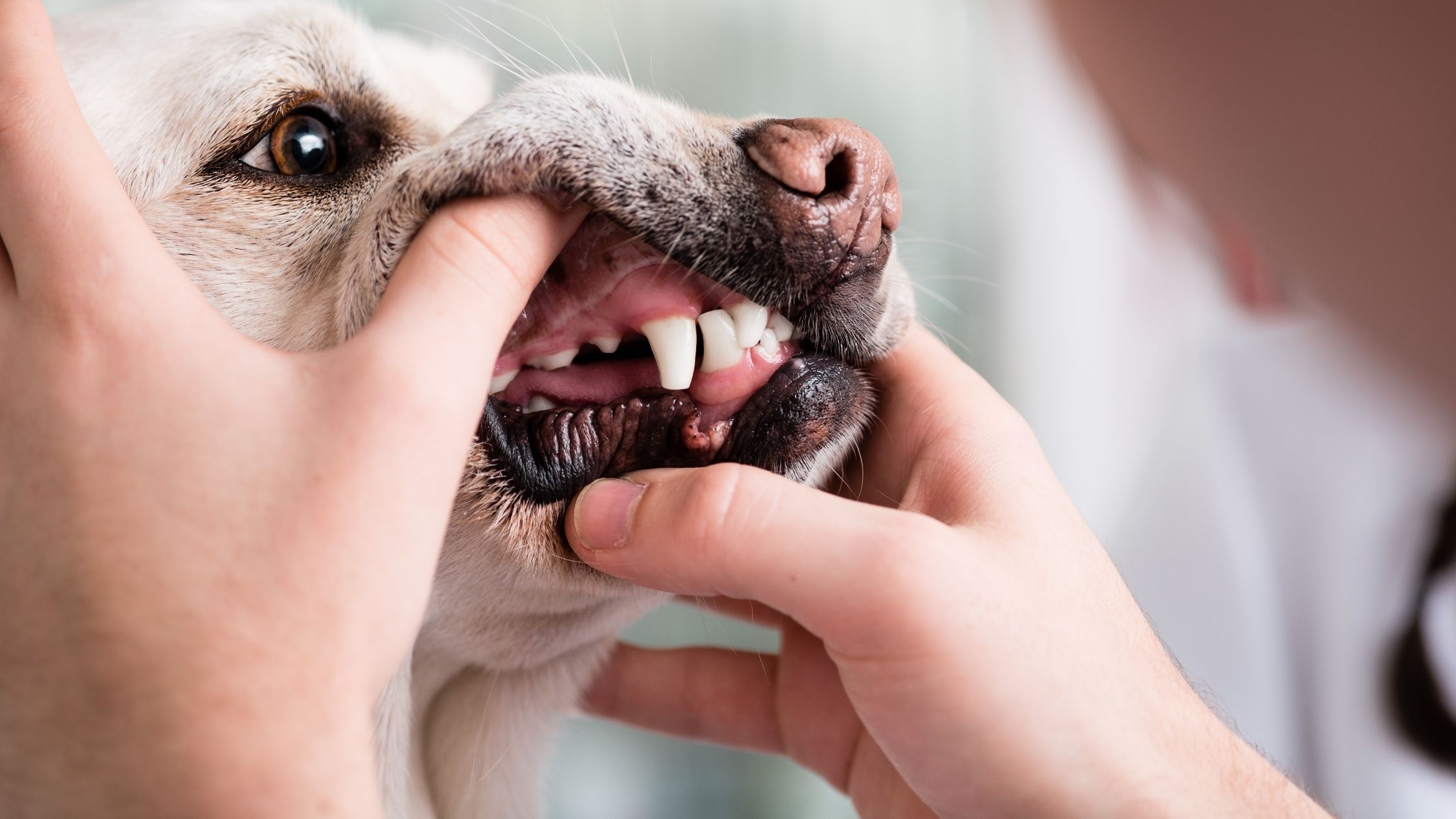As a responsible pet owner, it’s crucial to keep an eye on your dog’s overall health and well-being. One important indicator of your dog’s health is the color of their gums. Dogs’ gums can tell you a lot about their current state of health, and any changes in color could be a sign of a potential issue.
Monitoring your dog’s gums regularly can help you catch any health problems early on and seek treatment before they escalate. Knowing what to look for and understanding the significance of your dog’s gum color can help you provide the best care for your furry friend.
Dog’s Gums Color
Healthy dog gums should be a nice, salmon pink color. This indicates good circulation and oxygenation in the blood. If your dog’s gums are pale or white, it could be a sign of anemia or poor circulation. Yellow gums may indicate liver problems, while blue or purple gums could signal a lack of oxygen in the blood.
Bright red gums may be a sign of inflammation or infection, such as gingivitis or periodontal disease. Dark red or black gums could indicate internal bleeding or a serious health issue. If your dog’s gums are consistently an abnormal color, it’s essential to consult with your veterinarian for a proper diagnosis and treatment plan.
In addition to color, you should also pay attention to other aspects of your dog’s gums, such as texture and moisture. Healthy gums should be moist and smooth, not dry or sticky. They should also be firm to the touch and have a consistent texture throughout. Any changes in these characteristics could be cause for concern.
Regularly checking your dog’s gums as part of their overall health monitoring routine can help you identify any potential issues early on. If you notice any changes in your dog’s gum color, texture, or moisture, it’s best to consult with your vet for a thorough examination. Taking proactive measures to address any health concerns can help ensure your dog’s well-being and longevity.
In conclusion, monitoring your dog’s gum color is an essential part of maintaining their overall health and well-being. By paying attention to the color, texture, and moisture of your dog’s gums, you can catch any potential issues early on and seek treatment promptly. Your furry friend relies on you to provide the best care possible, so be sure to keep an eye on their gums as part of your regular health monitoring routine.
